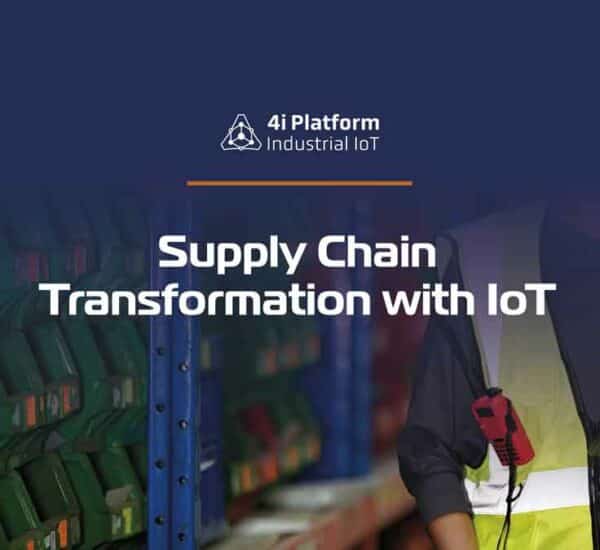Industry 4.0 and IoT are two of the most popular buzzwords in technology. People usually use them as interchangeable words, but they are not always synonymous.
What is IoT?
The Internet of Things is the addition of digital sensors and networking technology to devices and systems we use every day in the analog world. Nest, Ecobee, and Amazon’s Alexa-powered devices include the Echo smart speaker and Ecobee smart thermostats.
Smart thermostats can sense temperature in multiple rooms and, also, can connect to your smartphone and the Internet for extended control.
Companies can connect smart thermostats to algorithms that control the temperature or are based on weather patterns. They can even detect when you are leaving.
Furthermore, companies use Industry 4.0 and IoT for commercial and municipal purposes. It can include everything from temperature control systems in buildings to sensors on trucks and digital manufacturing control systems. Intel provides a great explanation video about the Internet of Things. It also covers other uses.
What is Industry 4.0?
Industry 4.0 refers to the use of automation in manufacturing. According to the Boston Consulting Group, nine main technologies make up Industry 4.0.
These include Autonomous Robots and simulations, Horizontal and Vertical System Integrations, Cybersecurity, The Cloud, Data Analytics, and Additive Manufacturing.
These technologies create “smart factories” in which machines, systems, as well as humans, communicate with one another to coordinate and track progress on the assembly line. Digitally controlled, networked devices can transmit sensor data.
It allows you to quickly design, modify, create and customize items in real-world situations while also lowering costs and responding to changes in demand, supply chain, and technology.
How are Industry 4.0 and IOT connected?
To do digital manufacturing, Industry 4.0 technologies rely on the Internet of Things or at minimum an Intranet of Things. Every device, robot, simulation, tool, has sensors and provides data.
A manufacturer cannot be considered an island because each manufacturer has a supply network that has its tools and data. These networks can be combined into an even larger Internet by bringing them all together.
Industry 4.0 and IoT promise to make it easier for the supply chain to respond to market changes more efficiently. This information-sharing network will allow for long-term manufacturing issues like the Bullwhip effect, or trace quality problems down a supply chain.
The lack of standards is another hurdle in the difference between industry 4.0 and IoT. It is great to have a lot of smart devices, but if each device records data in its format and requires its protocol, integration into an automated factory will prove costly and difficult.
Bosch, the Eclipse Foundation, and other manufacturing giants have been working on standard communication protocols, architectures, like OPC UA and MQTT. All of these protocols and architectures are designed to allow smart devices, even those on the factory floor, to communicate with one another and share common data formats.
However, more data formats can make it more difficult to create one data model.
Industry 4.0 technologies face additional challenges, including talent development and IT integration. Some technologies are still in their infancy.
Transitions will occur that combine older technologies and methods with newer ones, as with all great transformations. There will also be risks and rewards.





